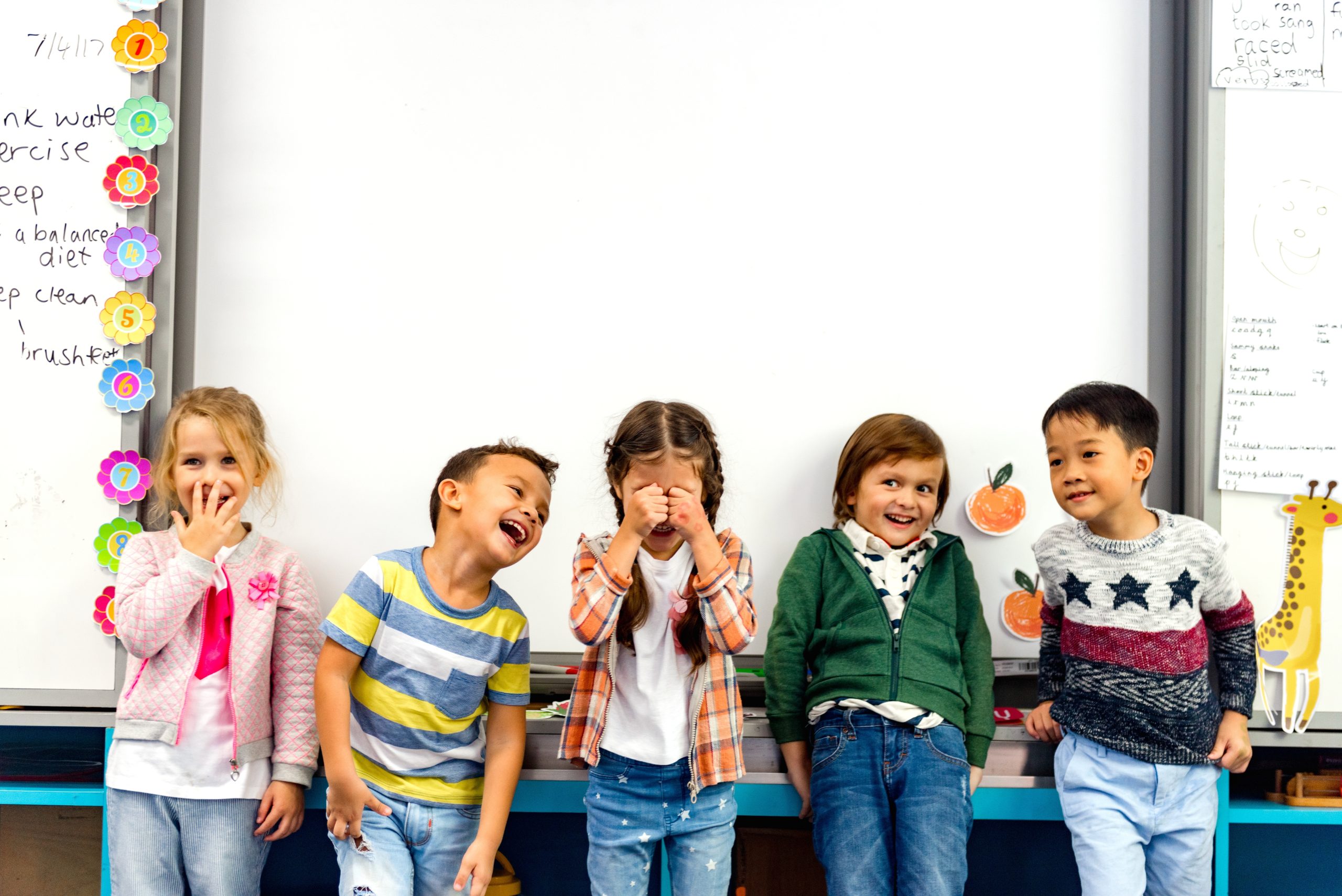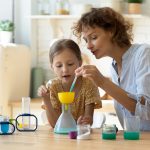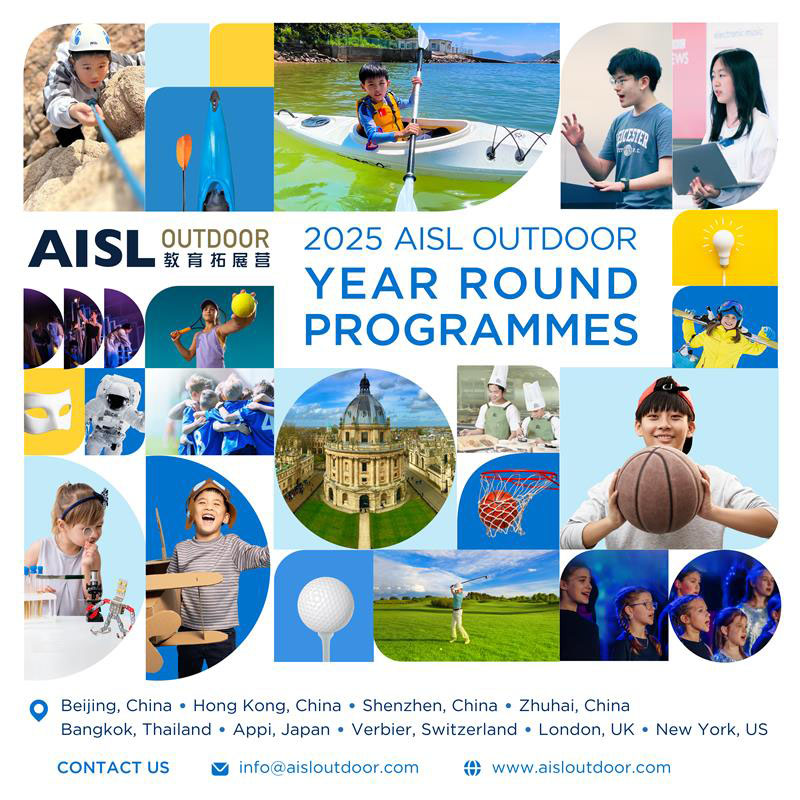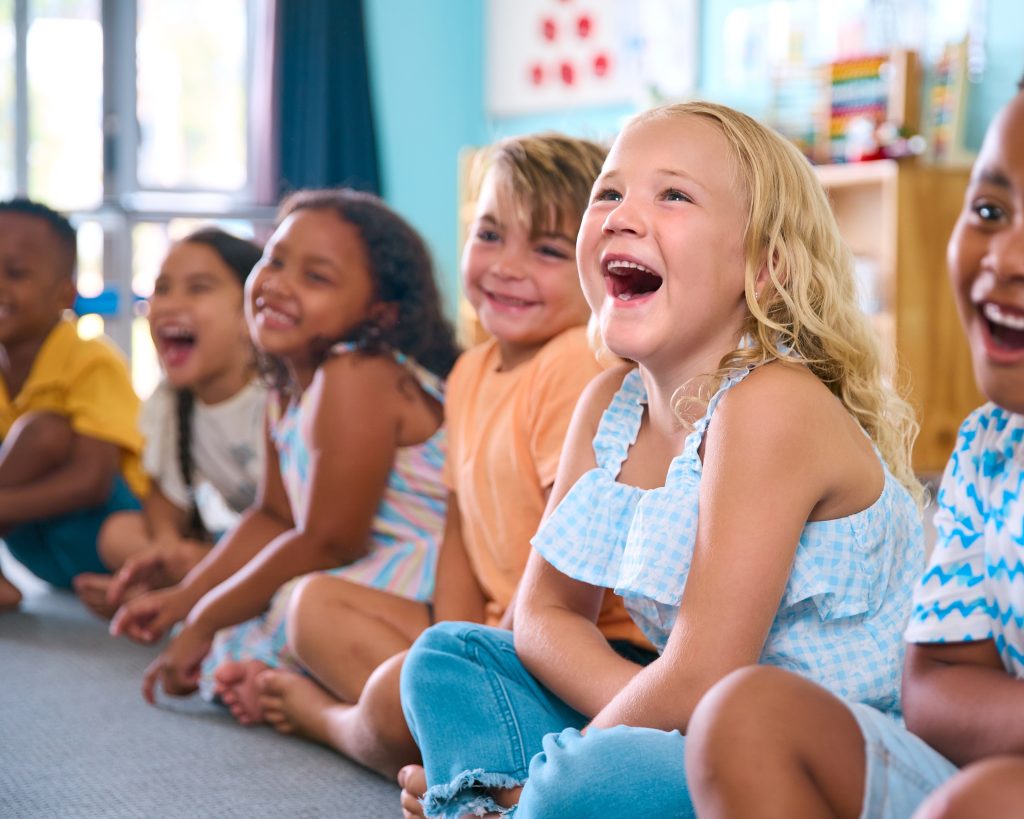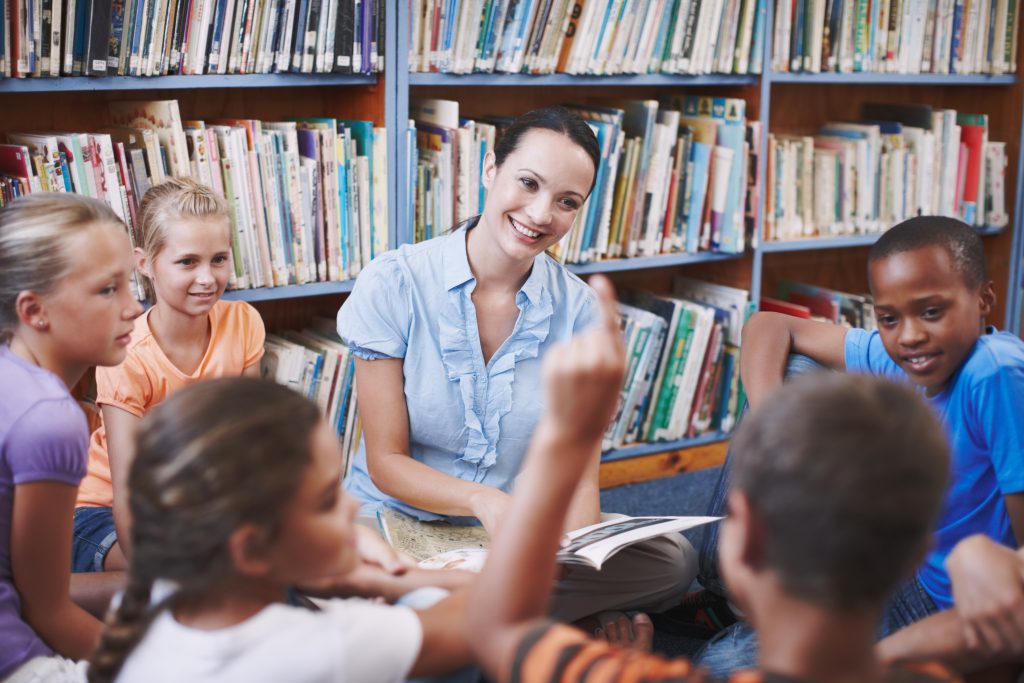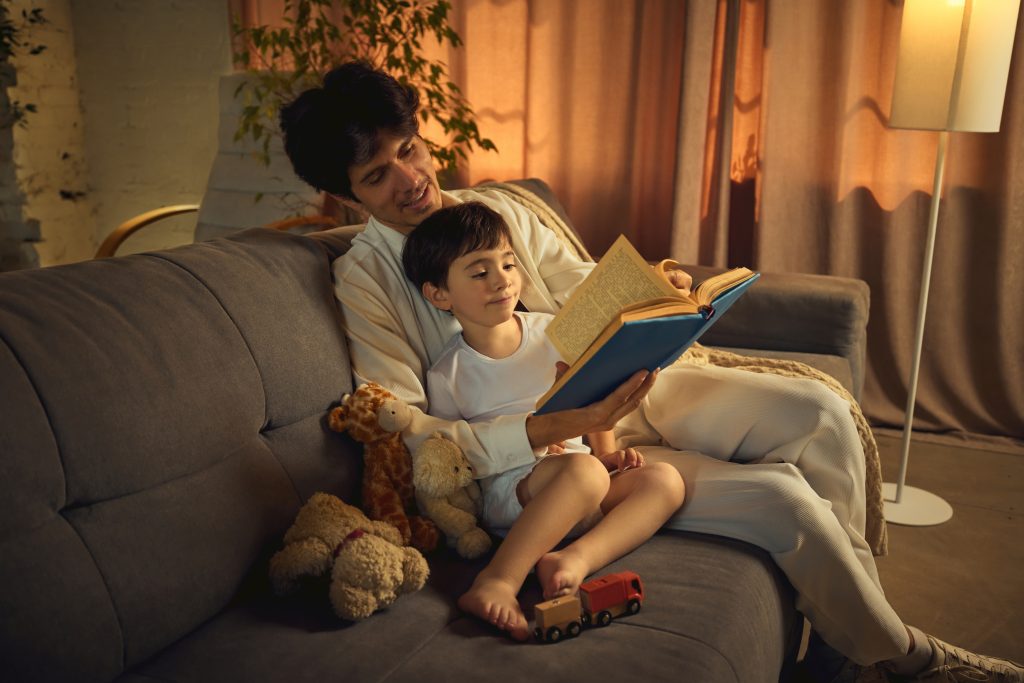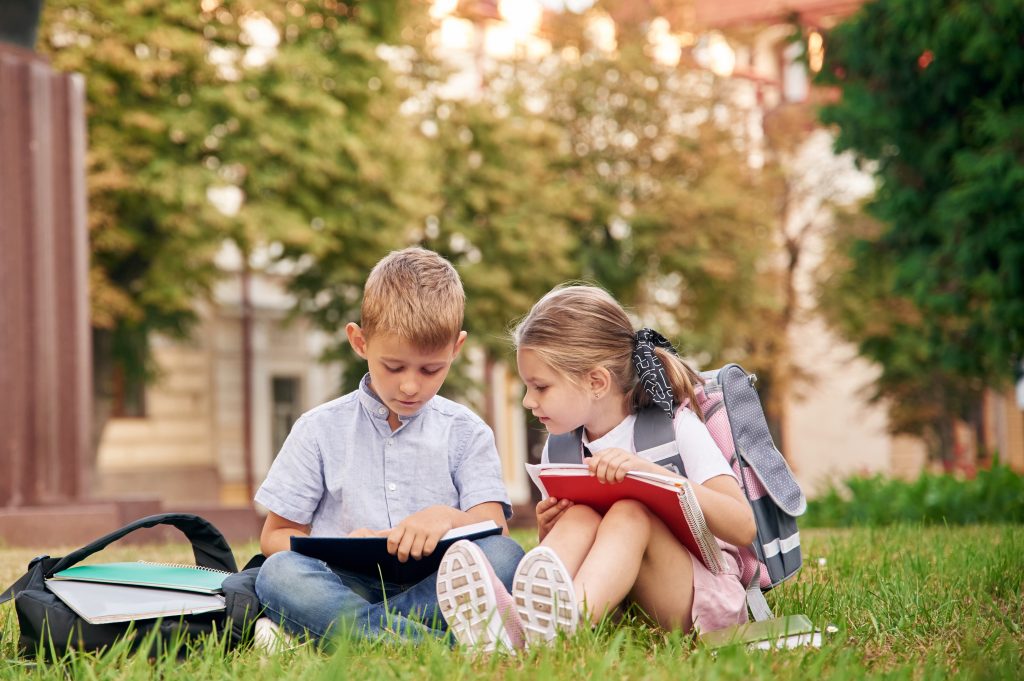Play-based learning sits at the heart of early childhood education, shaping how children explore, communicate, and make sense of the world. For children aged four to six, play is not a break from learning — it is the learning itself. Through purposeful play, young learners develop the social, emotional, and cognitive foundations that underpin later academic achievement and lifelong curiosity.
A play-based classroom values discovery over instruction. When educators create opportunities for exploration, imagination, and interaction, children learn to think critically, solve problems, and collaborate with others. These skills prepare them not only for primary school but also for the complexities of life beyond it.
Below are a series of play-based activity ideas designed for early years and Kindergarten classrooms. Each combines creativity, structure, and intention — giving children the freedom to play while ensuring their learning remains purposeful and developmentally appropriate.
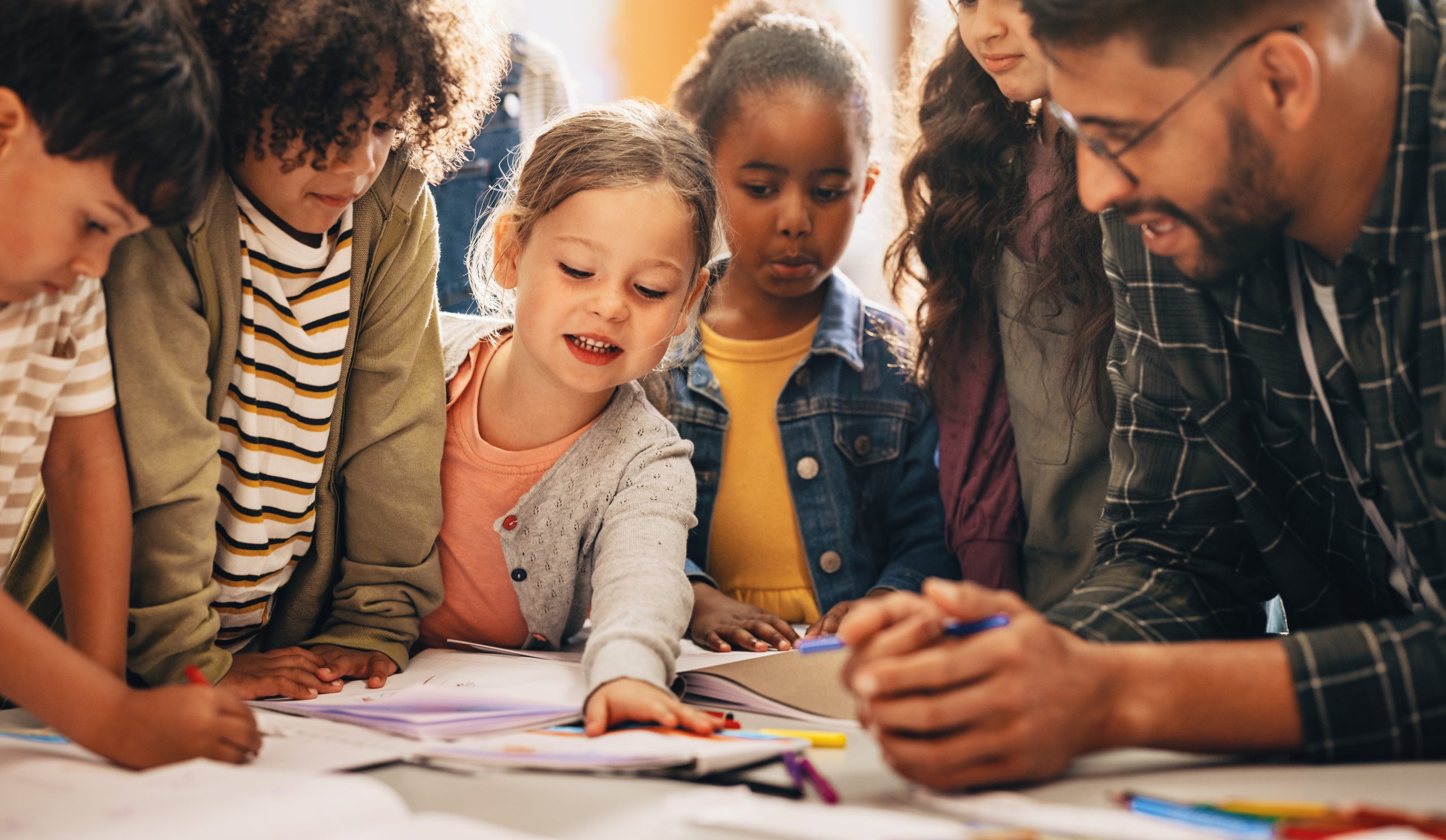
1. Storytelling Corners
Transform a corner of your classroom into a storytelling space using soft furnishings, props, and picture books. Invite children to retell familiar tales or create their own using puppets, costumes, or character cards.
How it supports learning: This encourages language development, sequencing, and imagination. Retelling stories helps children grasp narrative structure and vocabulary while improving listening and speaking confidence.
Tip: Rotate themes regularly to keep your students’ storytelling experiences fresh and engaging.
2. Construction and Design Stations
Provide a range of open-ended materials such as blocks, cardboard tubes, recycled boxes, and natural items like stones or leaves.
How it supports learning: These activities promote spatial reasoning, teamwork, problem-solving, and early STEAM thinking.
Tip: Support your students to share their finished designs with classmates, talking together about what worked, what they changed, and how they solved problems as a team.
3. Nature Explorers
Take learning outdoors by organising short nature walks or garden investigations. Equip children with magnifying glasses or collection baskets to observe plants, insects, or seasonal changes.
How it supports learning: Outdoor play enhances sensory awareness, scientific observation, and environmental appreciation. It also strengthens gross motor development and emotional wellbeing.
Tip: Encourage children to record their discoveries with drawings or photos, and display their findings in class.
4. Role-Play Markets
Create a pretend market stall in the classroom using baskets, labels, and play money. Children can take turns being shopkeepers and customers, practising counting, sorting, and polite communication.
How it supports learning: This activity develops early numeracy, social understanding, and turn-taking skills.
Tip: Rotate market themes — a fruit shop, book fair, or flower stand — to connect with current classroom topics or seasons.
5. Art and Emotion Corners
Set up an area with drawing, painting, and modelling materials. Use prompts such as “What does happy look like?” or “Can you draw your favourite place?” to help children express emotions visually.
How it supports learning: Art allows children to process feelings and experiences in a safe, creative way. It strengthens emotional literacy, fine motor skills, and self-reflection.
Tip: Display children’s artwork with accompanying quotes about how they felt during creation to foster pride and self-awareness.
6. Music and Movement Sessions
Incorporate rhythm games, musical instruments, and dance into daily routines. Activities such as freeze dance, drumming patterns, or marching to beats can energise children and improve coordination.
How it supports learning: Music and movement enhance memory, rhythm awareness, and self-regulation. They also create inclusive ways for all children — verbal or non-verbal — to participate.
Tip: Pair music activities with literacy themes (e.g. songs about animals or shapes) to strengthen cross-curricular links.
7. Science Discovery Tables
Designate a small area for hands-on experiments, such as testing what sinks or floats, observing ice melting, or exploring magnets. Invite children to make their own predictions before beginning, discuss what they notice during the activity, and explain their thinking and results to classmates through questioning and guided discussion. This supports curiosity, communication, and reflective thinking.
How it supports learning: These activities foster inquiry, prediction, and evidence-based thinking — the foundations of scientific reasoning.
Tip: Encourage children to record their observations through drawings or class charts to reinforce documentation and reflection.
8. Sensory Play Stations
Offer materials like water, sand, dough, or rice for tactile exploration. Add tools such as sieves, scoops, or measuring cups to extend play.
How it supports learning: Sensory play enhances fine motor development, concentration, and emotional regulation. It also supports children with diverse sensory needs.
Tip: Vary textures and scents weekly — e.g. lavender playdough, foamy soap play, or coloured rice — to keep exploration fresh.
9. Pattern Play with Everyday Materials
Provide collections of buttons, shells, or beads and ask children to create patterns or sort items by colour, size, or shape.
How it supports learning: Pattern recognition underpins early mathematical thinking and visual organisation.
Tip: Extend the challenge by inviting children to describe or replicate each other’s patterns to encourage communication and reasoning.
10. Collaborative Mural Projects
Invite small groups to paint or collage a large, shared mural on paper or cardboard. Offer themes like Our Community or Things That Make Us Smile.
How it supports learning: Collaborative art develops teamwork, empathy, and social negotiation. It teaches children to value different perspectives and contributions.
Tip: Reflect as a class afterward — what was easy, what was challenging, and what they learned from working together.
11. Shadow and Light Explorations
Create a light corner with torches, coloured paper, and everyday objects. Let children explore how shadows move and colours change when light passes through.
How it supports learning: Experimenting with shadows encourages curiosity and understanding of scientific ideas such as light, darkness, and reflection.
Tip: Provide tracing paper for children to outline their favourite shadows and share what they have discovered.
12. Feelings Mirror Station
Set up a mirror and simple picture cards showing expressions like happy, sad, or surprised. Encourage children to look in the mirror, then match or act out the emotions.
How it supports learning: This builds emotional literacy and empathy by helping children recognise feelings in themselves and others.
Tip: Take photos of children’s expressions and create a class Feelings Book to revisit during discussions.
13. Mini Garden Planting
Provide small pots, soil, and seeds for children to plant and care for their own classroom seedlings.
How it supports learning: Gardening nurtures care, patience, and an awareness of living things while linking science and environmental learning.
Tip: Ask children to draw the growth stages each week or measure changes using strips of paper or blocks.
14. Water Painting Outdoors
Give each child a paintbrush and a bucket of water and encourage them to paint safely on outdoor walls, playground surfaces, or paved areas.
How it supports learning: This combines large motor movement, imagination, and observation, with opportunities to notice how water changes as it dries.
Tip: Invite children to describe what happens when the sun or wind touches their artwork.
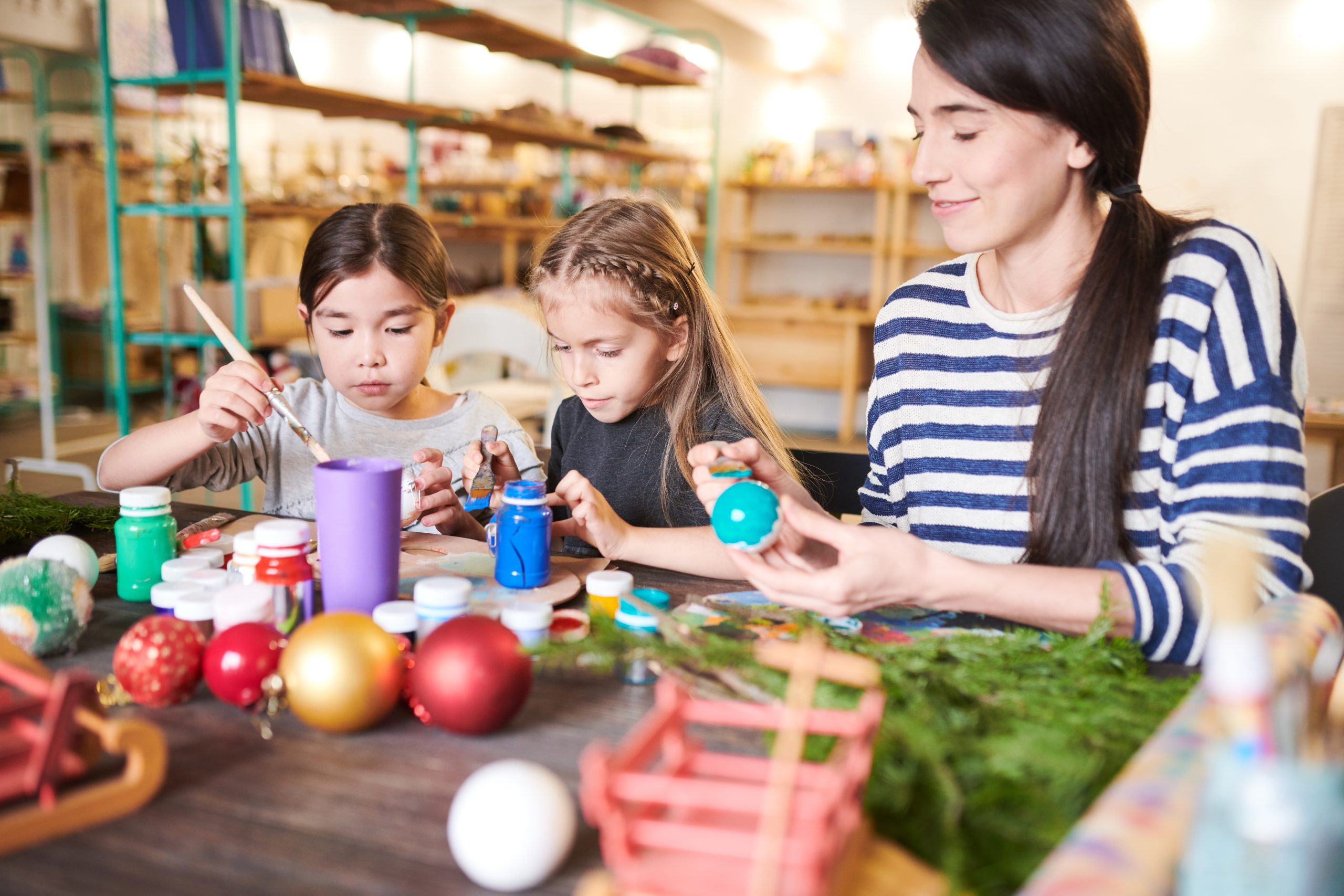
No single activity fits all classrooms
Play-based learning flourishes when teachers adapt activities to their unique classroom contexts — from class size and student interests to available space and resources. While each idea shared above offers a strong foundation, the real value comes from observing how children respond and tailoring the experience accordingly.
That is why flexibility and reflection are key. Educators are encouraged to experiment, combine approaches, and adjust based on what works best for their learners. By doing so, teachers not only nurture curiosity and creativity but also strengthen students’ social, emotional, and cognitive growth through meaningful play.
To learn more about play-based learning and the principles that inspired these activity ideas, read Completely Kindergarten: Kindergarten Curriculum Guide by the Government of Newfoundland and Labrador.
Explore a wide range of toys and play products and services that support early childhood development.
Get a special discount by quoting code AISLMALL during CHECKOUT.
Beleduc Toys
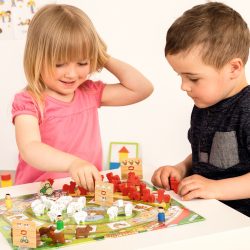
Beleduc is a family-run company with a long tradition in developing educational and learning toys for children of kindergarten and preschool age. With over 60 years of experience, Beleduc is renowned for its commitment to quality in toys.
Hape Toys
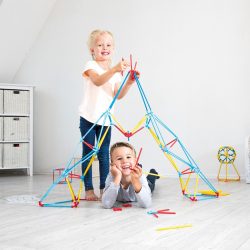
Hape offers high-quality, sustainable educational toys that inspire creativity, imagination, and learning. With a focus on STEM and wooden toys, they support cognitive, motor, and social development. Designed for safety and environmental responsibility, Hape toys encourage curiosity and exploration for all ages.
Happy Baton Toys Renting Plans Subscription

Happy Baton offers a sustainable, cost-effective solution for parents by allowing them to borrow toy boxes and play equipment every four weeks. This encourages smarter, greener play, supporting children’s creativity, social skills, and cognitive development without the clutter or cost of owning toys.
Potential City 4D Puzzle
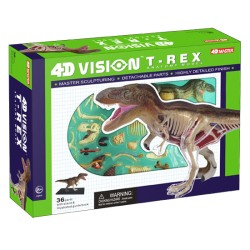
The Potential City 4D Vision™ collection offers hands-on exploration of animal anatomy through 4D puzzles. It helps build knowledge, dexterity, and mental acuity, featuring an assembly guide, anatomy descriptions, life cycle details, eating habits, and fun Q&As to test your knowledge.
Turtle Learn Touring Turtle Bundle

Touring Turtle A Chinese Adventure” is an iPad card game that helps kids (grades 1-3) learn over 350 Chinese characters and vocab. It teaches Mandarin and Cantonese pronunciation, stroke order, and puzzle formation. The game features Montessori tactile cards and progress tracking for parents.
